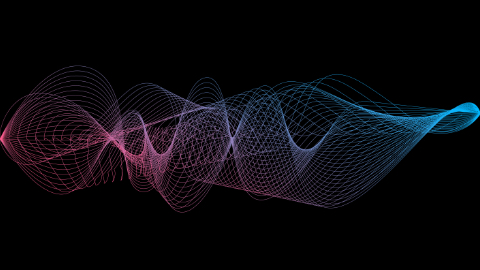
The Navy is holding its AVENGER Naval AI Grand Challenge between the service, naval laboratories, and the Joint Artificial Intelligence Center to look for ways to enhance its effectiveness by better incorporating artificial intelligence technologies into their fleets. The Challenge is intended to develop new technologies and capabilities within the next 18 months.
“The one thing that I think is really going to be transformative here is … artificial intelligence,” said Rear Adm. Lorin Selby, chief of naval research. “I really, truly believe that if we can master this, if we can bring this to all of our capabilities whether it’s your iPhone, or your combat system on your ship, this is going to take us to the next level.”
One area of interest is automating repetitive processes to allow operators time to complete more complex tasks or focus elsewhere. The Navy would also like to automate system maintenance, using AI to detect potential areas of failure in systems such as aircraft, surface vessels, and submarines.
Simple Technologies Solutions (STS), Google Cloud, and the Navy are working on an initiative to examine how artificial intelligence and machine learning can be used to identify ship corrosion. STS will deploy drones that will gather images in the first phase of the effort, and will train Google Cloud AutoML to recognize signs of corrosion.
PMAT is developing an AI software platform – X-CAP – for both the Navy and Coast Guard that is intended to help analyze data to enable warfighters to make decisions faster.
“What we’re doing is using AI and ML to do that heavy lifting, get things down to actionable intelligence or real-world facts that we can put together in intelligent ways so that our warfighters can actually orient themselves to make their decisions sooner,” said Jim Tootell, PMAT’s chief software architect.
